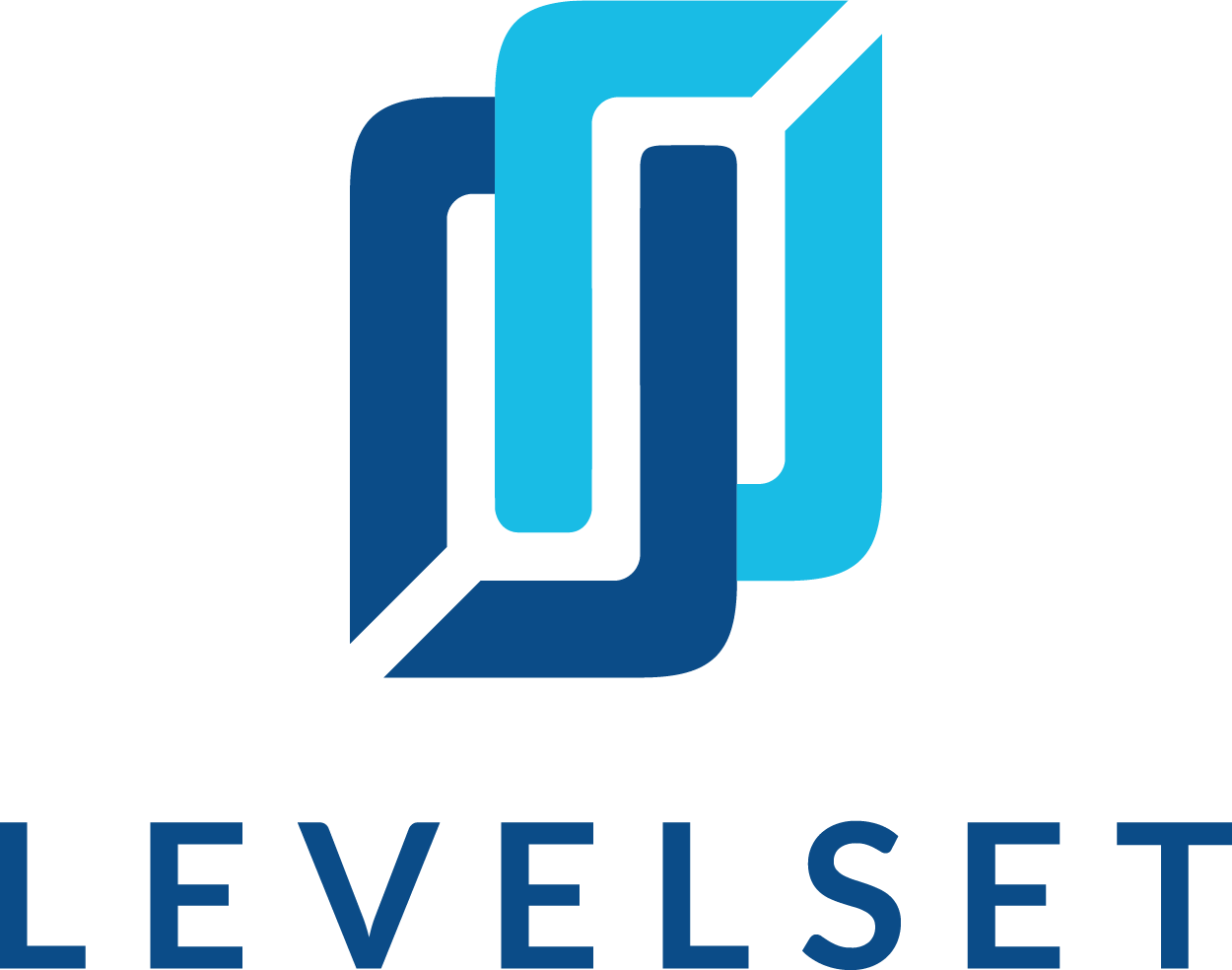
Getting paid in the construction business can be a messy, complicated affair – and that describes the situation when things go well. But as construction businesses know, all too often, things don’t go as planned when it comes to getting paid on a construction project.
One of those unfortunate surprises is when your customer’s payment check bounces. What should you do when this happens?
First Things First: Tell Your Customer
This point is rather obvious, yet it’s still an essential step that must be taken by the payee as soon as possible. If the bounced payment was a paper check, ask your customer when (and if) you can redeposit the check. Ask them in a polite (yet firm) manner if they really have the funds available, because it doesn’t make any sense for you to put their check through again if the result will be the same.
If they now have the funds, then great: you redeposit the check, the funds are there this time, and you get your money. But what if your customer doesn’t have the funds to cover the check? What should you do then?
If they don’t have the funds, then it’s time to get creative. If you need the payment right away due to your own cash flow needs, see if your customer has a credit card you can use. Also, ask them if they have a PayPal or Venmo account. If they can’t pay the full amount, ask them to pay as much of their debt as they can immediately and then put them on a strict plan to repay the balance.
Remember that your ability to overcome the non-payment should really be determined by your company’s cash flow, not your customer’s. Although these types of money conversations can be uncomfortable to have, it’s important for you to remain firm and focused on getting paid the money owed to you as soon as possible, even while maintaining a friendly tone when speaking to your customer.
Last but not least, if your customer’s bounced check was just one payment in a series of payments over the course of a longer-term project with an extended timeline, be careful when it comes time to get paid once again! Check with your customer before depositing any checks of their’s in the future.
Use Conditional Waivers to Make Sure You’re Protected
We write about waivers often since these documents are such an integral part of the payment process. But as we’ve said before, “signing waivers can be so routine that it’s usually given little thought or examination,” and that can present dangers for the companies that must sign a waiver in exchange for payment.
For the “waiver signers” on the receiving end of project payments, we cannot stress how important this next bit of information is:
Do not sign an unconditional lien waiver before you receive payment!
A lien waiver is not just a piece of paper. It’s actually a legal document that has significant ramifications when executed (a document is “executed” when it’s signed). Signing the wrong waiver at the wrong time could have serious consequences because the language on a waiver is more important than what actually happened.
This means that if you sign an unconditional waiver and then you don’t end up getting paid, that waiver is probably going to be valid, and you will have forfeited your right to file a lien to remedy the non-payment. This includes situations like the one above where the payment check bounces.
That’s why it’s important for those that are receiving payment on construction projects to only sign conditional lien waivers. (The “condition” that waives the lien right is getting paid.) By signing a conditional lien waiver, you will be protected, even in cases where your customer’s check bounces.


